Test test
Author: admin
-
WETLAND VIRUS DISCOVERED IN CHINA- A NEW THREAT AFTER CORONAVIRUS?
A new virus called WETLAND VIRUS has now been found in CHINA.
Wetland virus can easily infect humans through TICK BITES.
Wetland viral infection impact brains and lead to neurological disease in some cases.
In 2019, The virus for the first time detected in the area called Wetlands in Inner Mongolia.
The affected person may suffer from fever, headache and vomiting and cause severe illness in humans like Crimean Congo hemorrhagic fever virus.
Preventing tick bites is the best way to avoid contracting the Wetland Virus. -
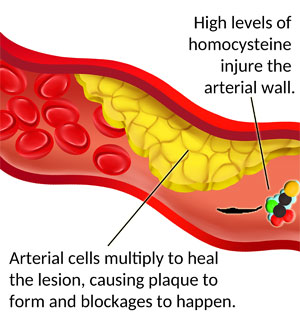
How higher level of Homocysteine lead to Increased risk of Coronary Artery disease in Youngsters?
News 2024
- Many cardiac problems are being reported in younger age group.
A recent study by AIIMS – Bhopal has identified a link between high homocysteine level in the blood of youngsters and coronary artery disease. - Young population who have a higher level of Homocysteine level in their blood have higher chances for coronary artery disease problem when compared to youngsters with normal blood homocysteine levels.

What is Hyperhomocysteinemia?
- Hyperhomocysteinemia is when levels exceed 15 micromol/L. When homocysteine levels are greater than normal limits, it signifies a disruption in the metabolism of homocysteine.
What is Homecysteine?
- Homocysteine is a type of amino acid. Your body naturally makes it. But at high levels, it can damage the lining of arteries.
- It can encourage blood clotting.
- Homocysteine is converted to cysteine and methionine by a combination of B vitamins (B12, B6, and folate) and enzymes (Methylene Tetrahydrofolate Reductase: MTHFR). Specifically, homocysteine is converted to methionine by a process known as remethylation with the help of vitamin B12.
Risks of Hyperhomocysteinemia:
- Elevated levels of homocysteine have been associated with increased cardiovascular, cerebrovascular, and thromboembolic diseases.
- Hyperhomocysteinemia may raise your risk for coronary artery disease, heart attacks, blood clots, and strokes.
- Elevated levels of homocysteine can increase the risk of atherosclerosis by causing endothelial layer injury, promoting inflammation, and increasing oxidative stress
Causes of Hyperhomocysteinemia:
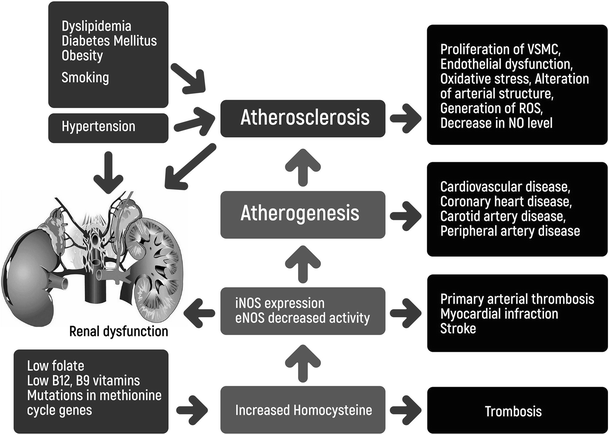
High levels of homocysteine may be caused by low levels of:
- Vitamin B-12 (cobalamin)
- Vitamin B-6 (pyridoxine)
- Vitamin B-9 (folic acid, folate)
High levels may also be caused by:
- Thyroid disease
- Kidney disease
- Psoriasis
- Some medicines
- Some genetic diseases, such as homocystinuria
- Many cardiac problems are being reported in younger age group.
-
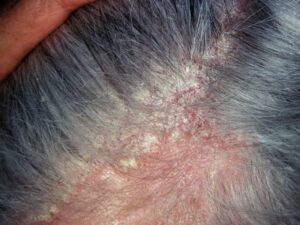
ROFLUMILAST – A new drug developed to treat Seborrheic Dermatitis
US FDA has recently approved ROFLUMILAST foam for treating moderate to severe seborrheic dermatitis.
It is developed by Arcutis Biotherapeutics.
The drug is useful for treating a skin condition called seborrheic dermatitis in individuals nine years of age and older.
Roflumilast becomes the first topical drug for treating seborrheic dermatitis.
Seborrheic dermatitis, a common, chronic and recurrent inflammatory skin disease.
It is a common skin condition that mainly affects your scalp. It causes scaly patches, inflamed skin and stubborn dandruff.
It usually affects oily areas of the body, such as the face, sides of the nose, eyebrows, ears, eyelids and chest.
-
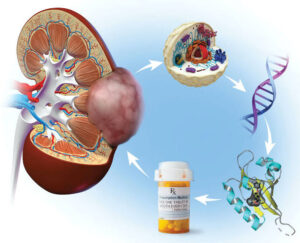
BELZUTIFAN – A new drug developed to fight against Renal cell carcinoma
US FDA has recently recognised a new drug called WELIREG also called as Belzutifan to treat patients with renal cell carcinoma.
It is produced by German based pharmaceutical company Merck.
Renal cell carcinoma is a disease in which cancer cells are found in the lining of very small tubes in the kidney.
Welireg’s approval is based on data from a late-stage trial, where the drug showed statistically significant and clinically meaningful improvement in progression-free survival (PFS) of patient compared to Novartis’ drug, everolimus.
Profession Free Survival (PFS) refers to how long a patient lives without the disease getting worse after treatment.
-

WHO officially recognizes noma as a neglected tropical disease
News 2023:
World Health Organization (WHO) recently announced the inclusion of noma (cancrum oris or gangrenous stomatitis) in its official list of neglected tropical diseases (NTDs).
What is NOMA?
Noma, a severe gangrenous disease of the mouth and face, primarily affects malnourished young children (between the ages of 2 and 6 years) in regions of extreme poverty.
It starts as an inflammation of the gums, which, if not treated early, spreads quickly to destroy facial tissues and bones.
It frequently leads to death, with survivors suffering severe disfigurement.
Cases of noma are mostly found in sub-Saharan Africa, although cases have also been reported in the Americas and Asia.
How to handle?
Early detection is essential, as therapy is most effective at the early stages of disease when it causes severe swollen gums, known as acute necrotizing gingivitis.
Treatment involves antibiotics, advice and support on practices to improve oral hygiene with disinfectant mouthwash (salt water or chlorhexidine could be used) and nutritional supplements.
-

Constipation in Pregnant mothers – Causes, Remedies
How Constipation occurs in Pregnant mothers?
Constipation can be caused due to hormonal changes, especially high progesterone levels, which slow bowel movements.
This problem is further worsened by the growing uterus’s pressure on the intestines during this stage of life.
How to overcome the problems posed by constipation in Antenatal mothers?
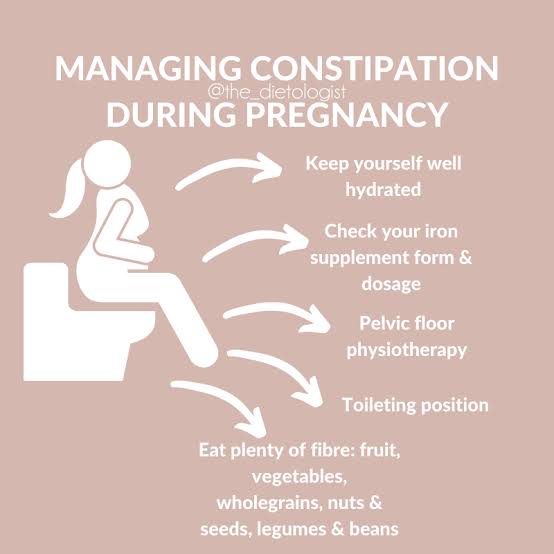
Diet plan – including food high in fiber, such as whole grains, legumes, fruits, and vegetables in our daily meals.
Regular exercise – helps to improve bowel function which in turn reduces the chance of developing constipation.
Specific supplements can be tried as per the advice of doctors.
-
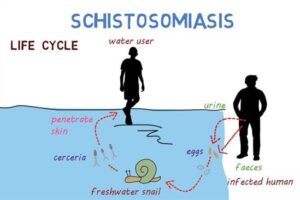
Arpraziquantel – A new drug developed to fight neglected tropical disease called Bilharzia
What is Schistosomiasis?
Schistosomiasis, also known as bilharzia, is a disease caused by parasitic worms that live in certain types of freshwater snails.
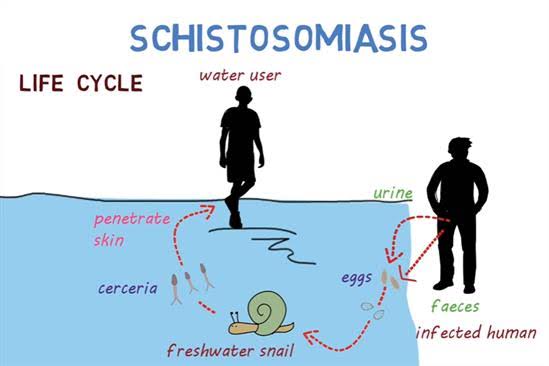
According to reports, this parasite kills 20,000 people annually in the European union – As per World health organization.
WHAT IS ALPRAIQUANTEL?
Arpraziquantel is the new drug developed against Schistosomiasis.
The new medicine can be given to children aged between three months to six years.
This drug is developed by Germany based pharmaceutical firm Merck.
It is a 150mg tablet in dispersible form
How does the parasite infect humans?
Considered a “neglected tropical disease”, bilharzia parasites enter the body through the skin when people waded, bathed, swam or washed in contaminated water containing certain freshwater snails in which the parasites hatched.Within several weeks, the parasites developed into adult worms that lived in the blood vessels of the body where females produced eggs.
Some eggs then traveled to the bladder or intestine and were passed through urination or stool.Infection can damage the liver, intestines, lungs and bladder and children who were repeatedly infected could develop anaemia (shortage of red blood cells) and learning difficulties.
Rarely, eggs are found in the brain or spinal cord and can cause seizures, paralysis, or spinal cord inflammation.
How does Alpraiquantel work?
Arpraziquantel induced muscular paralysis in the worms, causing them to lose their grip inside veins.
-
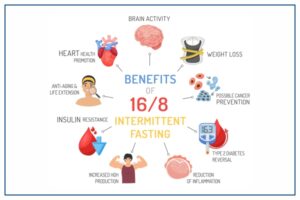
HOW DOES INTERMITTENT FASTING HELPS TO ACHIEVE WEIGHT LOSS, TYPE 2 DIABETES CONTROL, TO IMPROVE MEMORY
What is Intermittent fasting?
- Intermittent fasting is also known as Time-restricted eating.
- Intermittent fasting means that you don’t eat for a period of time each day or week.
Common methods in Intermittent fasting
Some popular approaches to intermittent fasting include:
- Alternate-day fasting. Eat a normal diet one day and either completely fast or have one small meal (less than 500 calories) the next day.
- 5:2 fasting. Eat a normal diet five days a week and fast two days a week.
- Daily time-restricted fasting. Eat normally but only within an eight-hour window each day. For example, skip breakfast but eat lunch around noon and dinner by 8 p.m.
Why Intermittent fasting came in the news?
- According to new study, Eating only during an 8-hour window each day can help people with type 2 diabetes lose weight and control their blood sugar levels.
- In this study, Participants were divided into two groups – Time restricted eating group and Calorie restricted eating group. Time restricted eating gives better results with respect to blood sugar control and comparatively easier to follow up.
How does Intermittent fasting help to control sugar level in Type 2 Diabetes?
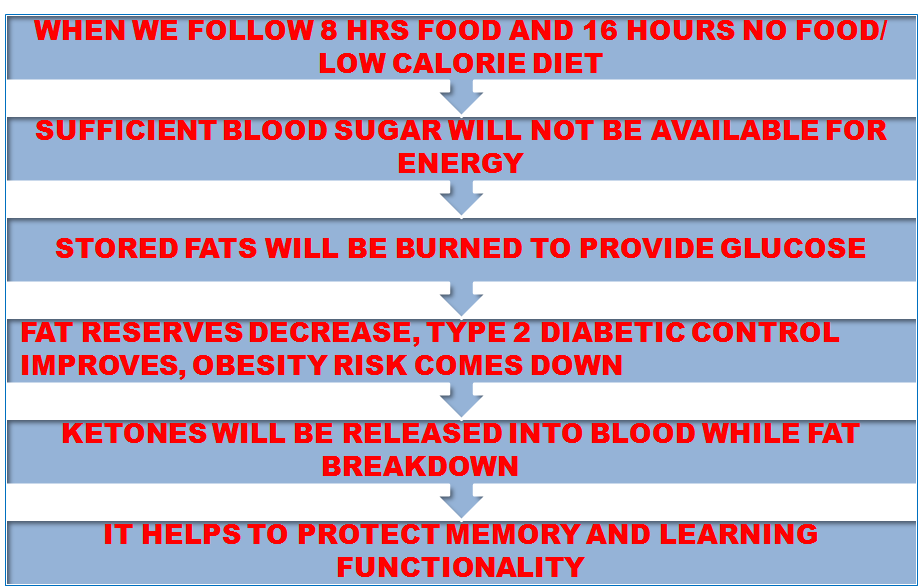
What is Diabetes Remission?
- Diabetes remission is when HbA1c levels are below 6.5% for at least 3 months after someone stops their diabetes medication.
-
![Resistance to Carbapenam [Last resort antibiotics] growing in India – ICMR study:](https://healthaffairs.in/wp-content/uploads/2023/10/download-1.jpg)
Resistance to Carbapenam [Last resort antibiotics] growing in India – ICMR study:
ICMR [Indian Council for Medical Research] opinion on Superbugs
- In 2017, nearly 80% E.coli and Klebsiella Pneumonia infections in tertiary care hospitals responded well to Carbapenam antibiotic treatment.
- But In 2023, response to carbapenam reduced and these bacteria become superbug.
- ICMR has found the abuse of antimicrobials (antibiotics, antivirals or antifungals) to be the reason for this, which is says has led to widespread resistance among people.
- India faces a “pandemic” of superbugs, the country’s top public health experts have warned, as resistance to common antibiotics has jumped by 10 per cent in just one year
- The resistance level is increasing to five to ten per cent every year for broad spectrum antimicrobials, which are highly misused.
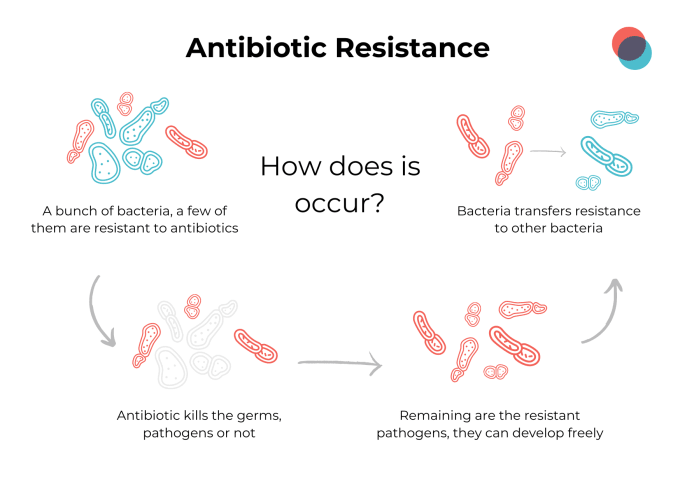
What is Carbapenam?
Carbapenems are a subclass of antibiotics called beta-lactam antibiotics (antibiotics that have a chemical structure called a beta-lactam ring). Beta-lactam antibiotics also include cephalosporins, monobactams, and penicillins.
Carbapenems are broad-spectrum antibiotics. That is, they are effective against many types of bacteria, including bacteria that are resistant to many other antibiotics.
Carbapenems include the following:
Doripenem
Ertapenem
Imipenem
Meropenem